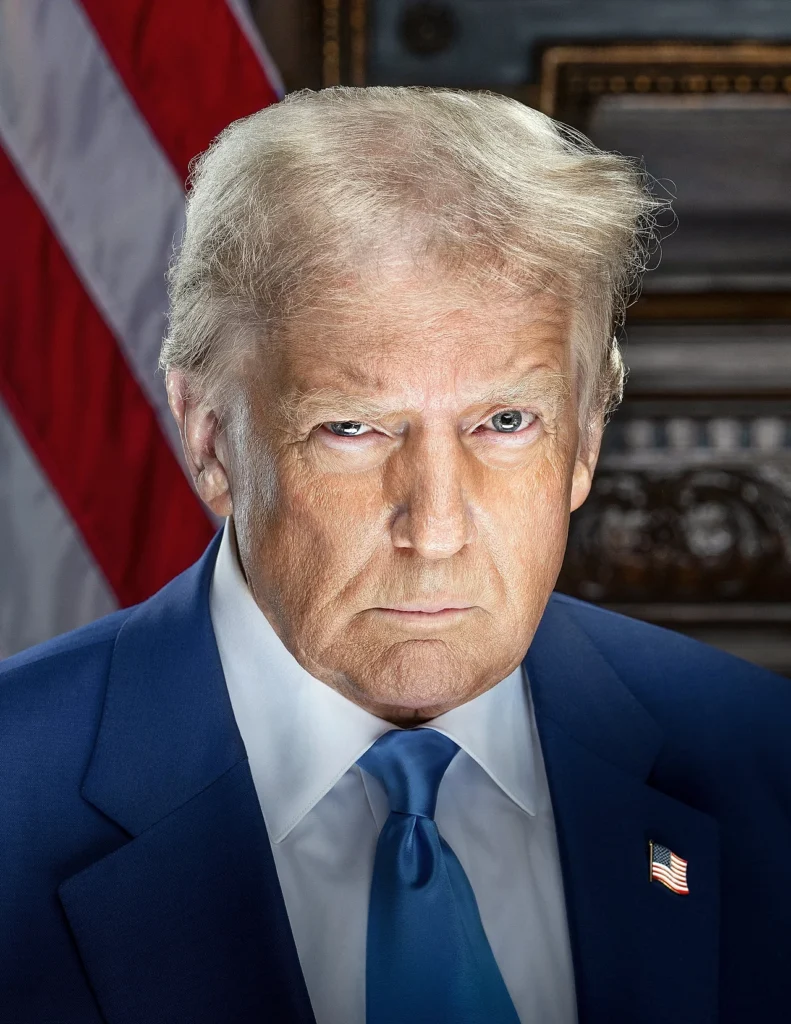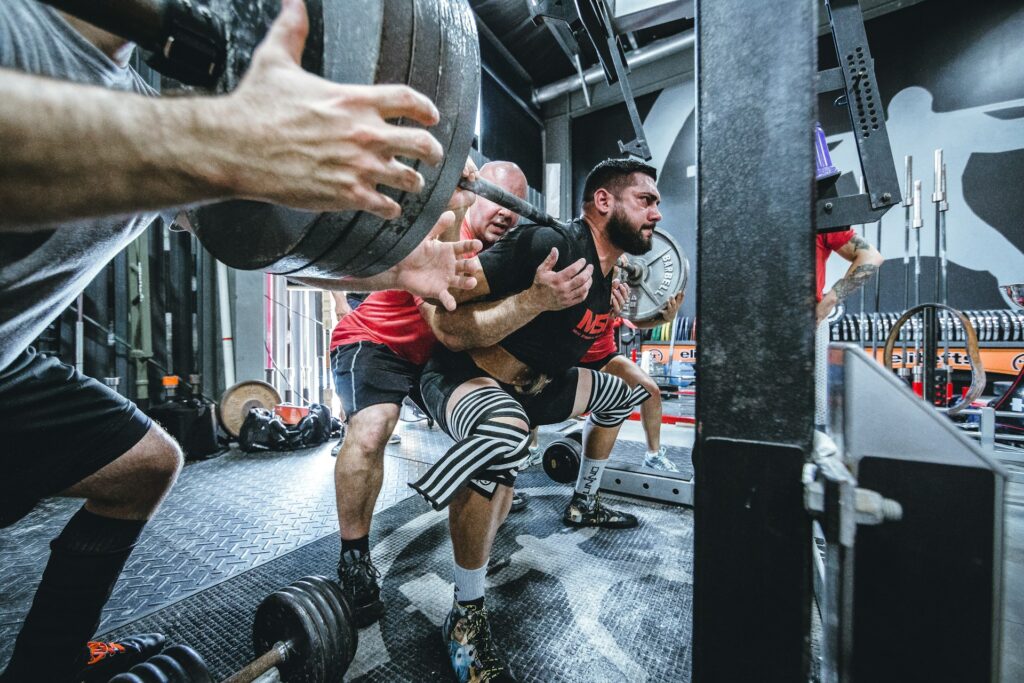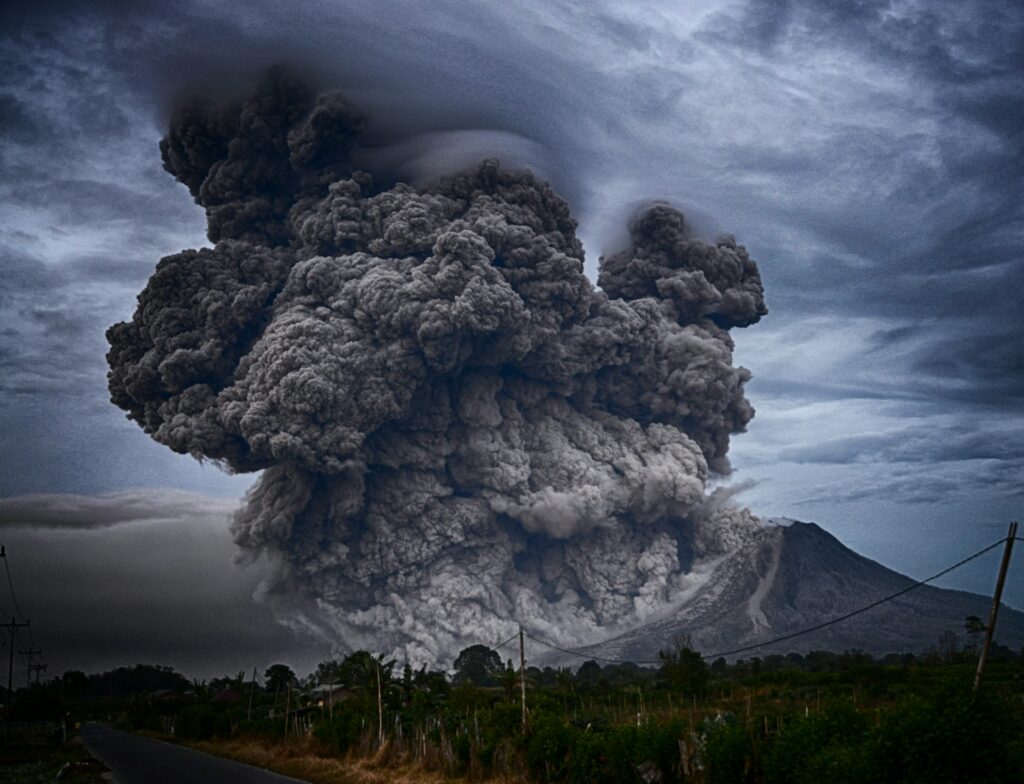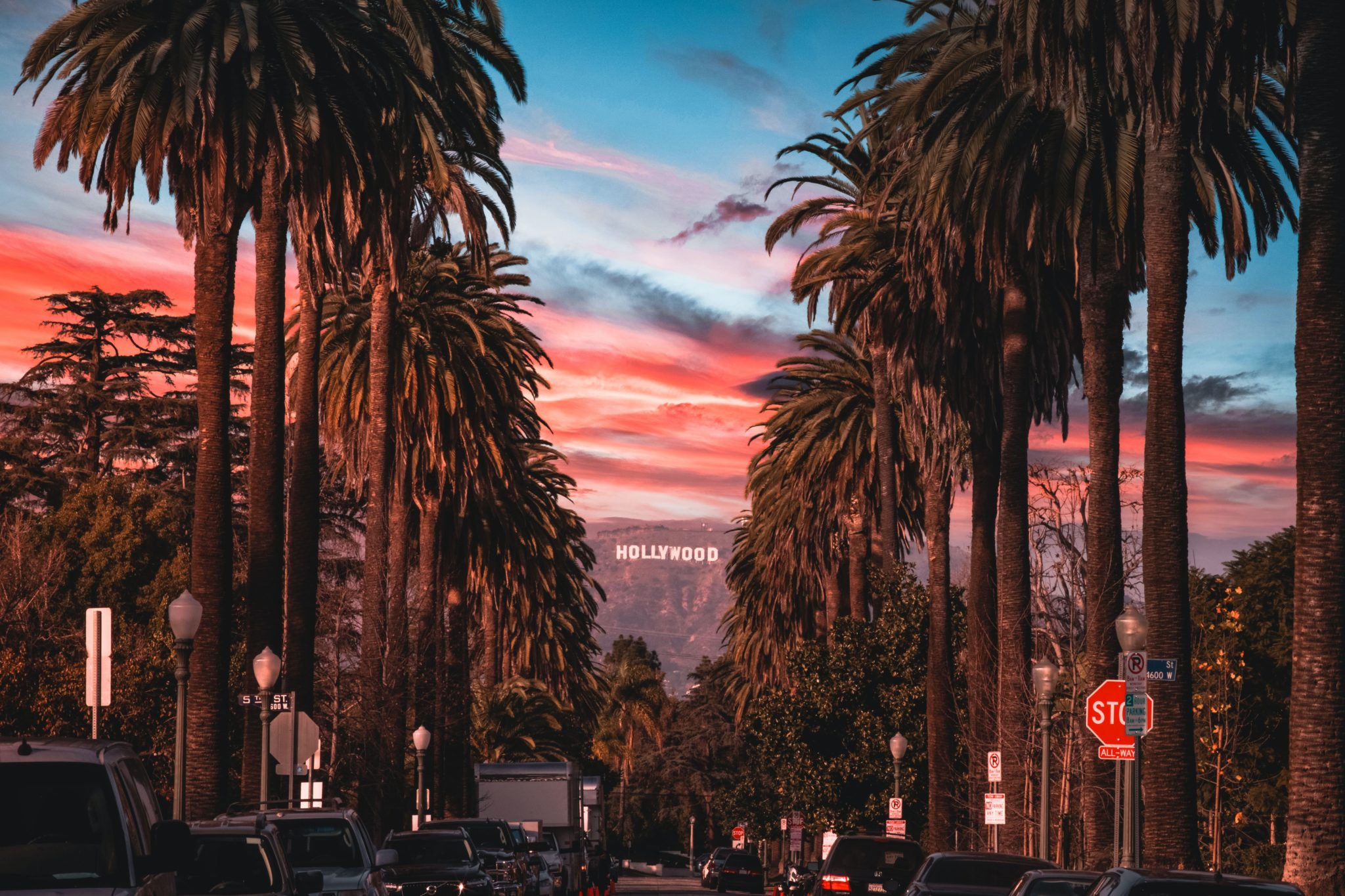Most Recent News


Popular News




Breaking down the cultural arena centralizer. We finish the series by addressing the most deadly of all: the Sensitive Cultural Markers.

Helpful articles to read prior to this one if you are new:
The dynamic of the different centralizers in a nation:
Today, we focus on the cultural marker (cultural) component.
In a prior article, What Is A Sensitive Cultural Marker (SCM)?, I discussed what these are:
A sensitive cultural marker (SCM) is an organization, identity, or individual that is easily capable of altering cultural opinions, attitudes, or feelings on an impactful scale.
As you may notice, per the definition, they are not necessarily our front-end leaders but rather the people behind them pulling the strings.
Under normal circumstances culture is unusually difficult to alter. But for SCMs, they have a unique position that permits them to be very receptive to causing cultural change. Regardless of how this cultural change occurs (Through law changes, through Big Tech, through narratives, through opinion manipulation, through immigration, or et cetera)
It is important to understand that a SCM is always a major cultural source. They are not your average person or even a relatively noteworthy group. Rather, they are typically mainstream sources that impact the overall baseline of culture within a nation. Non-mainstream sources are not included in the SCM definition.
Cultural exceptions can and should exist, but they would be outside of the mainstream. We are solely focused on the majority of cultural institutions when talking about SCMs, as preserving these are far more important than random, small outlier groups. Cultural exceptions are insignificant.
In fact, these culturally distinct outlier groups are actually beneficial to preserving our cultural baseline, especially if the baseline is virtuous.
What are some examples of SCMs? Consider the press. The mainstream media is an obvious example of a SCM. The combined members of the majority press has the power and influence to impact all levels of culture on a national, state, and communal scale. Now consider a non-cultural individual such as an electrician. They may be able to impact cultural opinions on a local scale through free speech, but their reach is insignificant in comparison to an organization like the media. They would not be a SCM whereas any member of the press hivemind would be.
When trying to understand what a SCM is we could also look to business. A large business such as Google has massive information distribution powers over the entirety of the nation. Does a small business providing roofing services with three local facilities hold this same power? Our first example, Google, is impactful whereas the small business is solely local. Through information distribution Google can shape the culture. They can change what we see and what we learn. They can make it seem like a prevailing “culture” exists, even if it doesn’t. A roofing business has no means at its disposal to do the same. Thus, Google is a SCM whereas the small business is simply a regular business.
Large businesses can complicate the matter further. Most large or international businesses which operate solely as a business would not be a SCM. Others that act in a cultural manner, however, could be. If the business chooses to act in a cultural manner it would be a SCM. If it stayed out of cultural manners and operated solely as a business it would not. These industries can hold the power to be impactful due to their size but it is not innately utilized under most for-profit pretenses. It would largely be up to the management team at the business to determine if they desired to act in a cultural manner or not. Our determination of their classification would be done on a case-by-case basis.
Celebrities and politicians would also be categorized as SCMs. These individuals obviously shape the attitudes of their followers and thus are naturally culturally sensitive. [But on a much more minor level].
We can witness numerous other examples of SCMs such as Hollywood, the mainstream online media, information distribution sources, social media, culturally involved athletes, the pornographic industry, high-profile alternative media personalities, actors/actresses, popular musicians, politicians, et cetera.
It may be helpful to think of the SCMs as “cultural elites”.
A worthwhile follow-up article is: On Sensitive Cultural Markers: Is Government The Threat?
So, we know who they are and what positions they hold. But how do they come to be and what is their purpose?
There are two tracks of thoughts for how they come to be. The first is the initial consolidation theory, with the second being the funding theory. In the first, it is believed that the cultural markers are some of the first institutions to become centralized from a decentralized base. They do so to alter the cultural environment enough to allow the fermentation of the other arenas, who can then grant them more security and power. For instance, the market culture can be degraded to a point where an isolated class could then develop in an otherwise regulated market, which would then allow the isolated class to fund the SCM that allowed them to rise. The second theory is that they need the funding first from the isolated class before they can begin their cultural actions. The truth is probably a mixture of both approaches.
Their purpose is obvious. To alter the cultural environment to one that is forgiving for centralizer actions in all arenas. They alter the public opinion by painting all dissidents as a fringe minority, and proliferate cultural anomalies as normality. Think about how transgenderism has been viewed historically versus in modern times. This did not happen organically. The shift was intentional, and it was driven by cultural markers that have the ability to produce such a drastic shift in public conscious within the grey masses. Even outside the grey masses, their influence is evident, because of the necessary shift from what was once considered normal to what is now “normal”.
The wealth of the isolated class cannot do this, the research by the intelligentsia cannot do this, and the laws of the politburo cannot do this. Only SCMs can. They hold the keys to the national soul (cultural expression). They can change it. This is why they are such an important centralization target. They can degrade any symbol or ideology to the point of allowing more centralizers in other arenas. They are the ultimate companion for each other arena.
The cultural markers can also centralize their own arena with ease in a rule by many, because all of their institutions are fully unaccountable. There is no public oversight or voting on them, the politburo is neutered to do anything against them, and other societal checks and balances cannot control the wide swaths of institutions in which they can operate. They centralize slowly and without much notice at first to stay hidden, but once they are majority centralized, everything degrades rapidly.
A significant reason why the rule by many form degrades so rapidly in comparison to the other forms is because they do not address this massive weak spot. The liberties and prosperity enjoyed by those in the West are targeted much more by SCMs than they are by the government under a rule by many. For it is the SCMs that shift the government to its more tyrannical variants over time. The government was never the real threat in these frameworks. Rather, it is the entities that desire to subvert and use the governmental framework for their own gain that are the threat. They start here, with the culture, and then work their way to the political arena.
Throughout history, we have called them by many names. Oligarchs, tyrants, elites, and even the illuminati. None of these names captured them appropriately. They are cultural markers. Able to simply change the cultural bedrock with a swipe of their marker over time. They can erase centuries of culture.
It is apparent from history that if we desire a tyrannical government, we should simply let the SCMs operate without intervention. The natural cyclical progression they endow will lead us directly into future tyrannical arms by changing the expression of the people to desire this. SCMs, given free rein, will push the nation directly into the hands of the few. All SCMs operate in this manner. Even the good and neutral variants will eventually degenerate without oversight. Each SCM, once centralized, pushes the state toward this outcome.
The aid to the state is merely the tool they use to eventually acquire this control. This is why we often notice capitalistic systems fall into oligarchical hands. The isolated class act as, work with, or buy SCMs to seize as much control as possible. The wealth is not enough; they desire centralization over culture as well. They use their financial position to disintegrate the middle class, push for centralization policies, and change the culture to whatever will help them get more power (which is always degenerative).
Likewise, it is how oligarchs descend into a rule by one. The SCMs (now centralized together with others from the isolated class, the intelligentsia, and the politburo) simply demand more and more control over even further industries; nationalizing and centralizing all they can. Before long, the state’s full reach is endless. It is a short step from this place to tyranny.
But it is important to recognize that it did not start with the state (which is exactly what I mentioned in the isolated class article). It ended with political centralization. It started with the fully unaccountable centralizer classes, specifically those in the other three centralizer brackets besides the politburo. This sequence of events almost always begins with the isolated class buying out both the intelligentsia and the SCMs. Or with the SCMs providing an environment friendly enough to foster the isolated class. The politburo often falls last, as it is the only of the four centralizer classes that are at least somewhat accountable to the public throughout the life of the non-degenerative rule by many.
It is not the state that begins nor benefits from this progression. In many scenarios, they are just as harmed by it as the citizens. When the final tyrannical stage arrives, often the traditional governmental figures are slaughtered en masse to install the new ones under the direction of the other centralizer groups.
The government is just a framework, an empty shell. It is the humans that staff it and those that influence it that are the problems. Once we recognize this, we will instantly understand why the SCMs (and the other unaccountable centralizer groups) are the highest threat to the continuation of a stable, free society.
The cultural markers continue their work with a rule by one and rule by few. Given these anacyclosis stages, the SCMs have far more power. They use it without any form of resistance and only minor oversight by the centralized politburo. Their function does not change. They alter the culture to what the centralizers desire.
I believe that the SCMs are the most damaging of all centralizers. They can not only conquer a nation, but they have the key to completely destroying that nation through its cultural expression (the soul of the nation). The other centralization arenas do not share this ability, which is why I view the SCMs as the highest of threats with regard to the centralizer groups. They can begin the degeneration of a peaceful nation—And they can fully end that very same nation.
What makes them even more deadly is the fact that, in a rule by many, they are unequivocally unaccountable. They can do absolutely anything they desire due to the decentralized, individualistic environment. Pushback is hard and requires an entire population-level of resistance that can only hold out for so long. No other centralizer group has this advantage in a rule by many.
Removing them is also problematic. The institutions themselves cannot be removed as they are necessary for a state, but there are complications with making those institutions centralized under a politburo. They are a risk whether they are decentralized, centralized, or absent. A massive part of my upcoming book is centered around balancing these institutions.
The SCMs are some of the most deadly and most challenging of the centralizer groups to combat. But they are also the most essential to combat. If the culture does not degrade, the other three arenas will struggle to develop past a certain culturally allowable point.
If we’re to make a sustainable governmental system, dealing with these institutions must be at the forefront of the solution.
Read Next:
The Politburo: The Political Arena Centralizer
Chinese Insistence On Homogeneity and Strength Explain Its Rise
Just Like That, Covid Vanishes
If you enjoyed this article, bookmark the website and check back often for new content. New articles most weekdays.
You can also keep up with my writing by joining my monthly newsletter.
Help fight the censorship – Share this article!

(Learn More About The Dominion Newsletter Here)